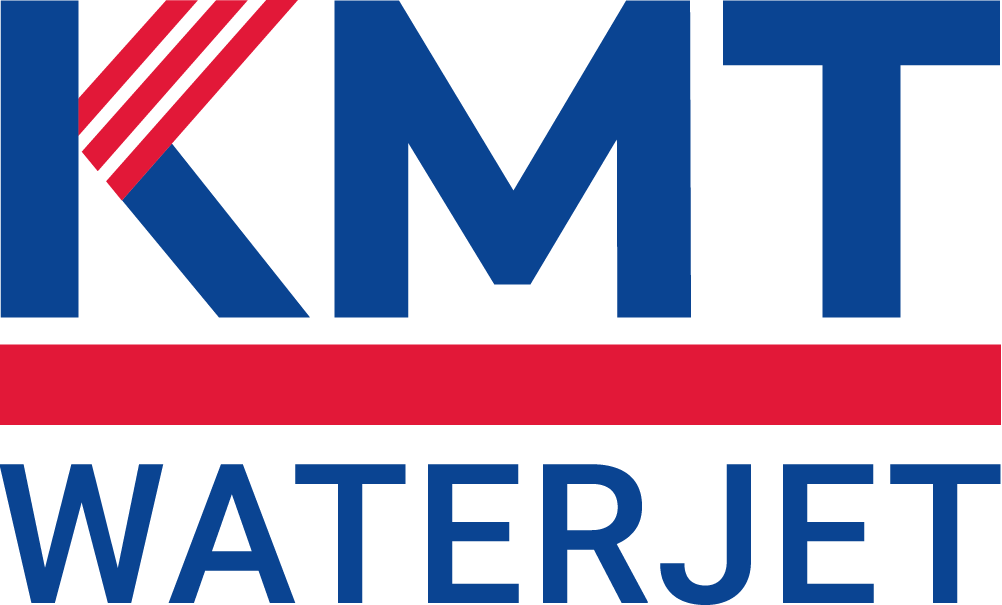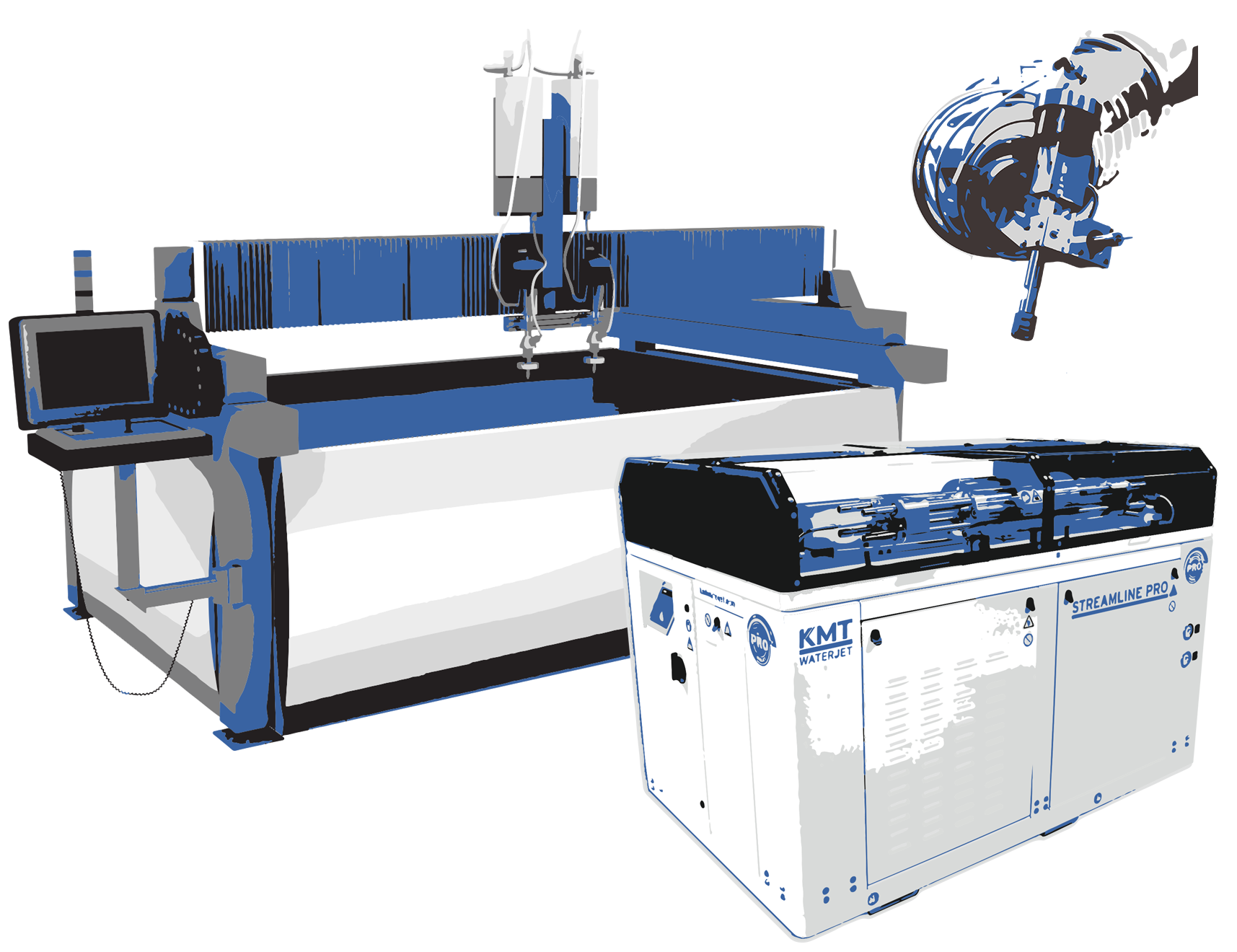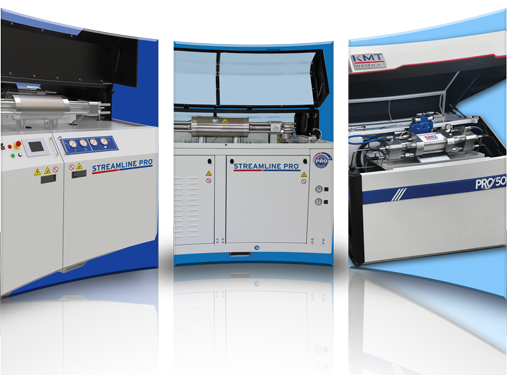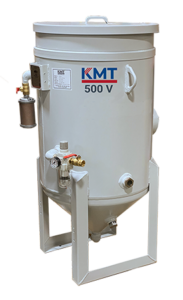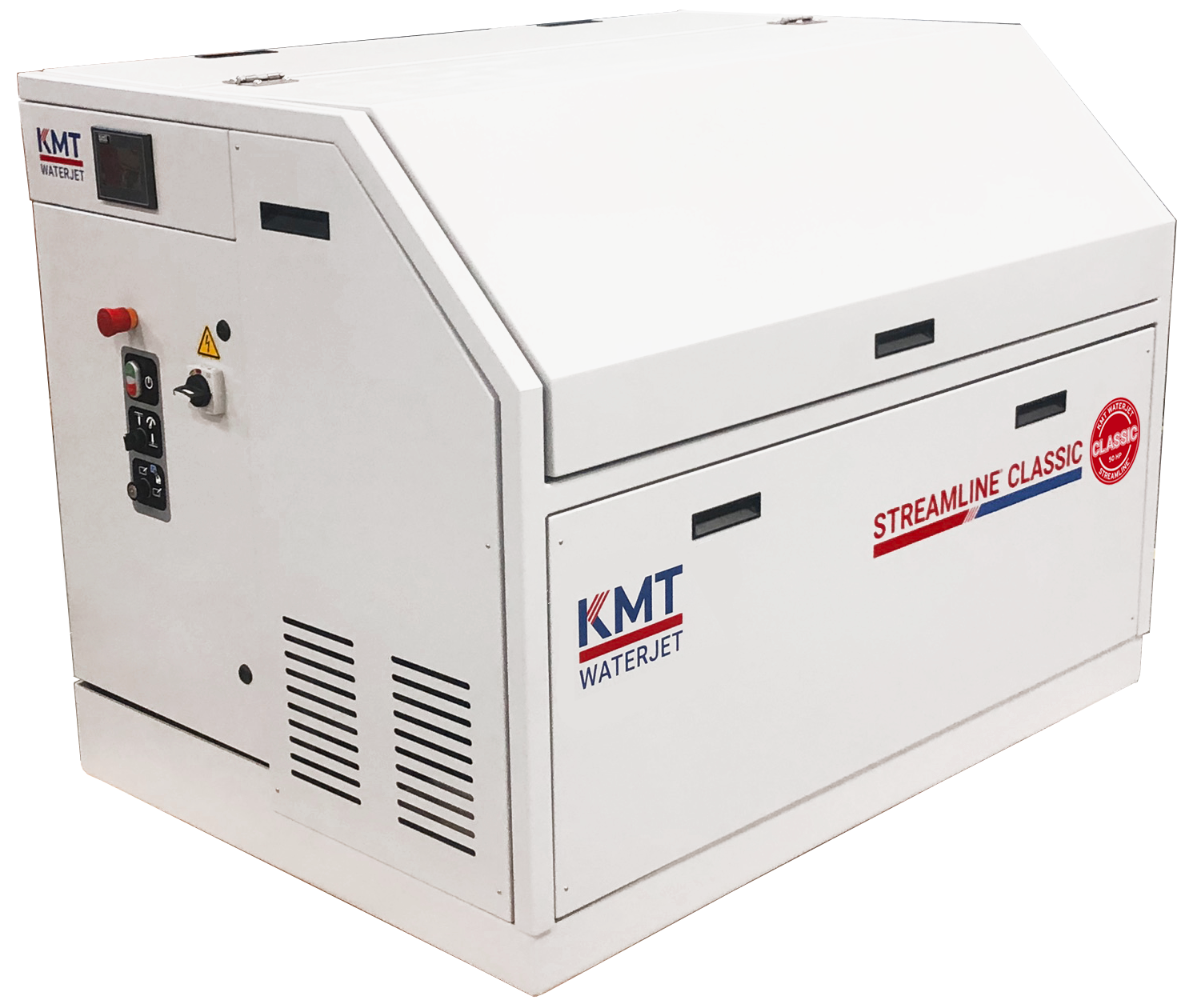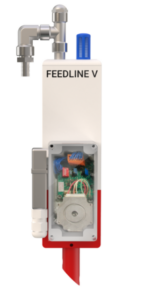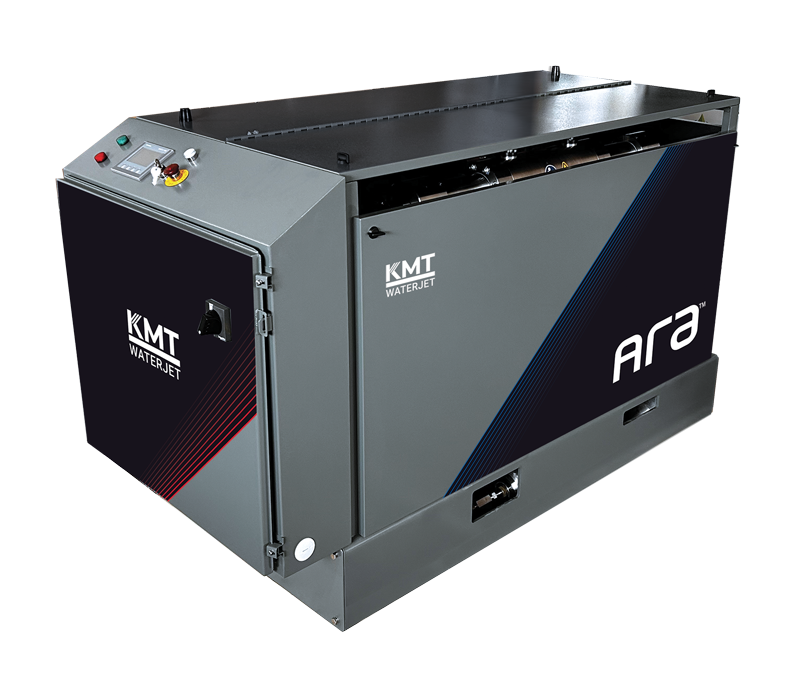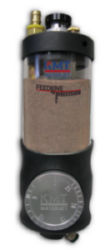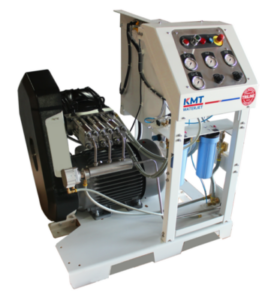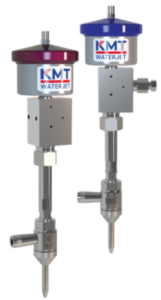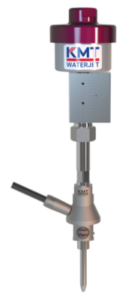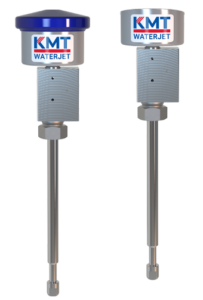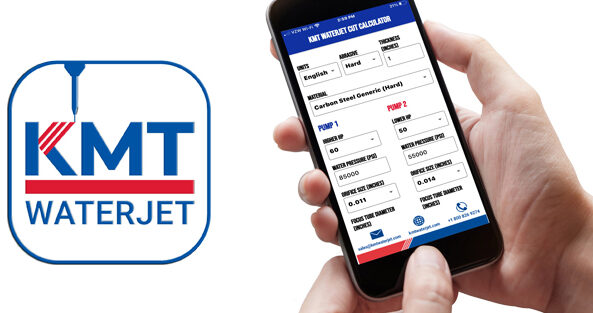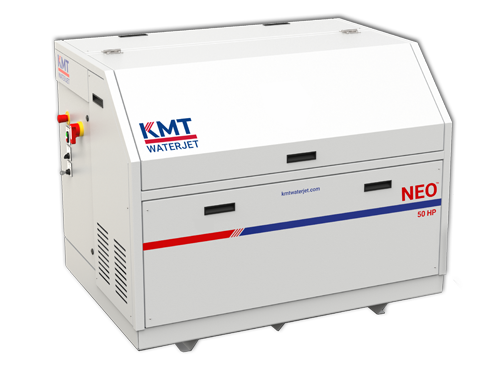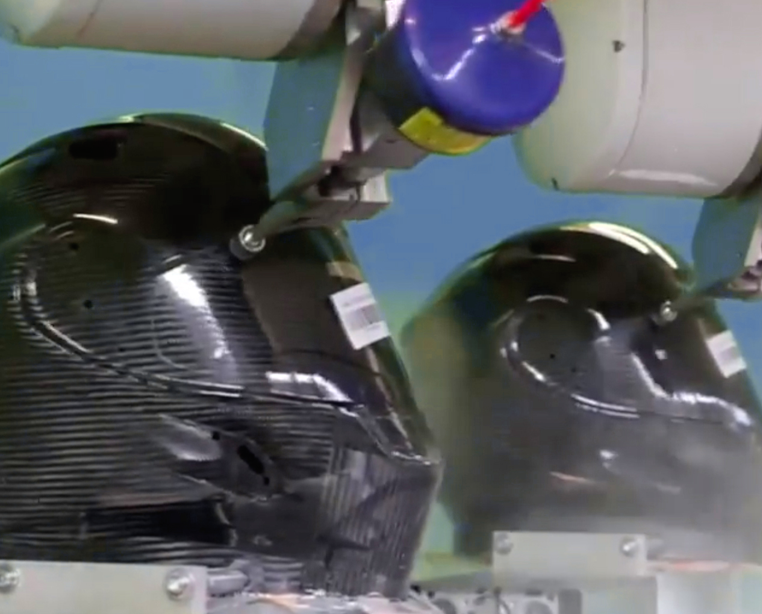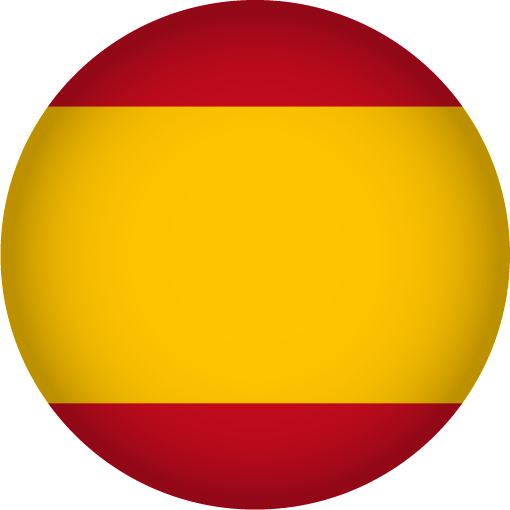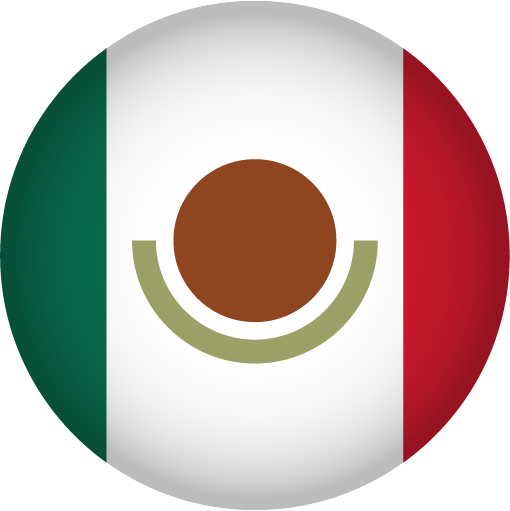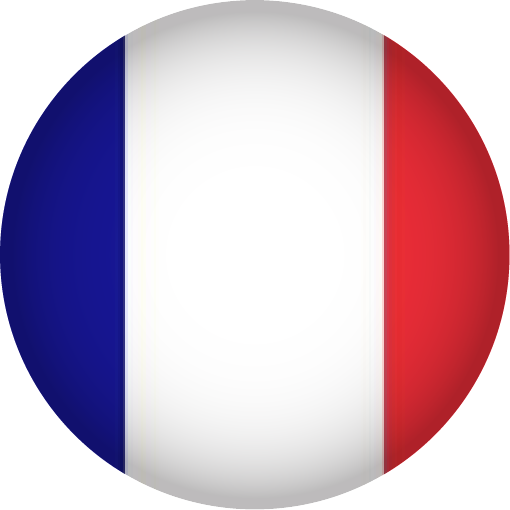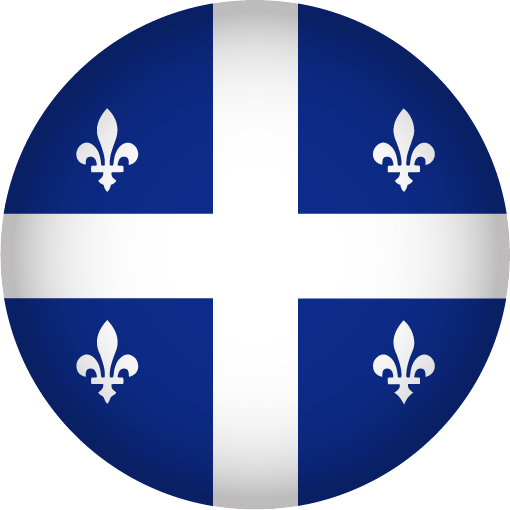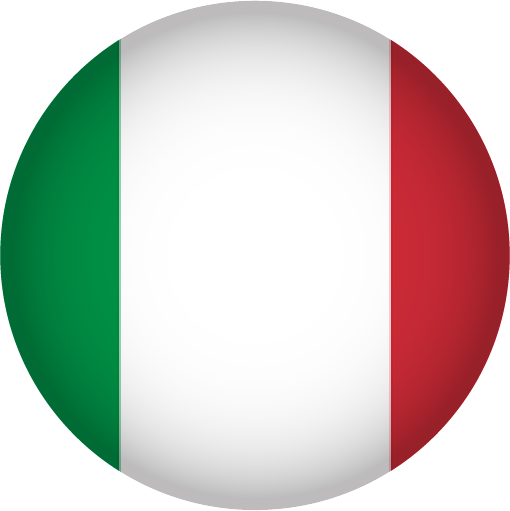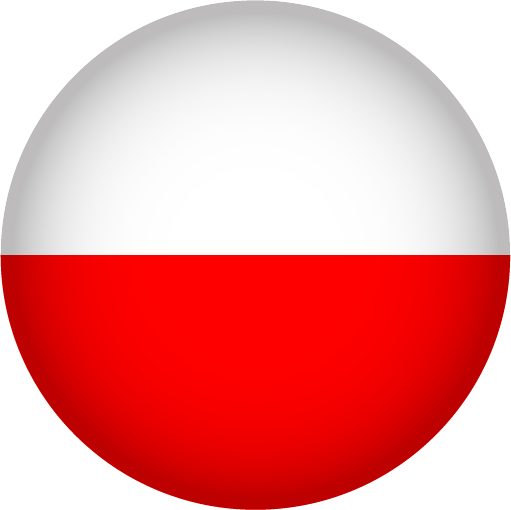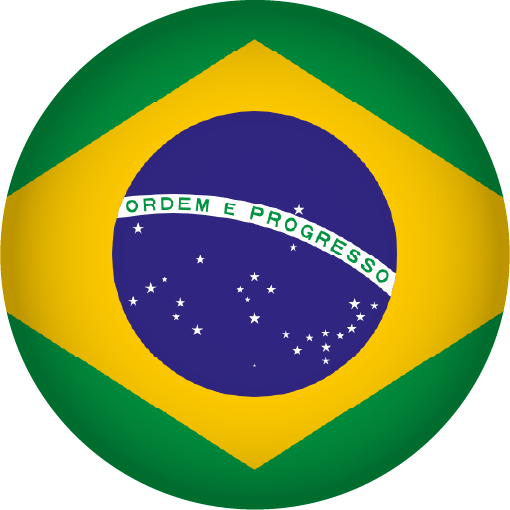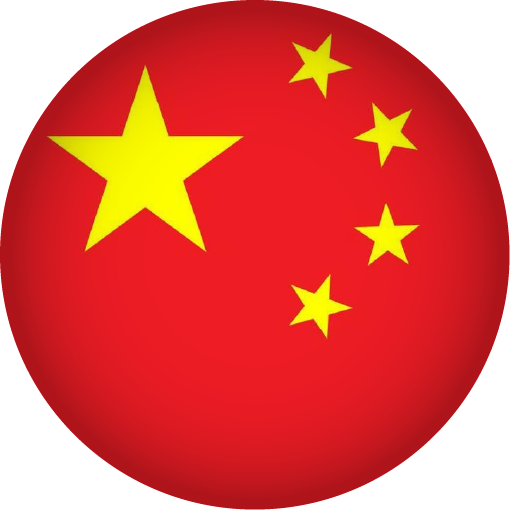KMT Waterjet-Frequently Asked Questions about waterjet technology
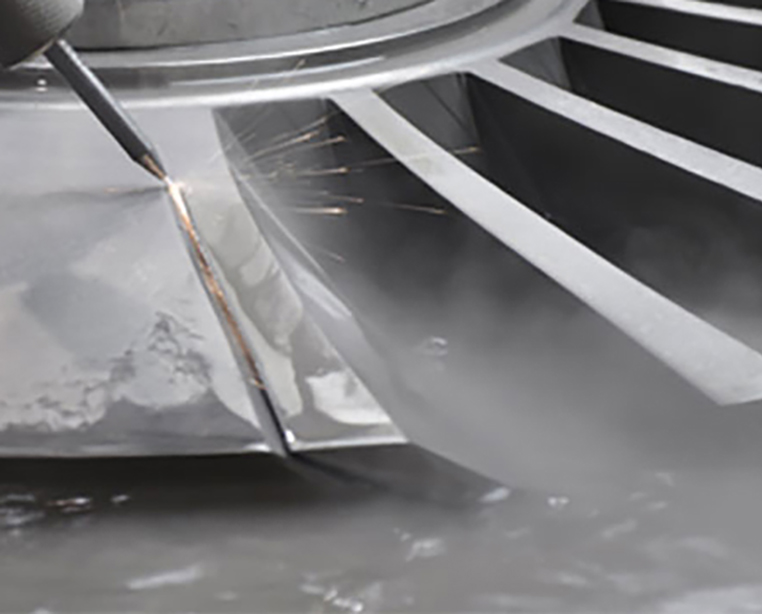
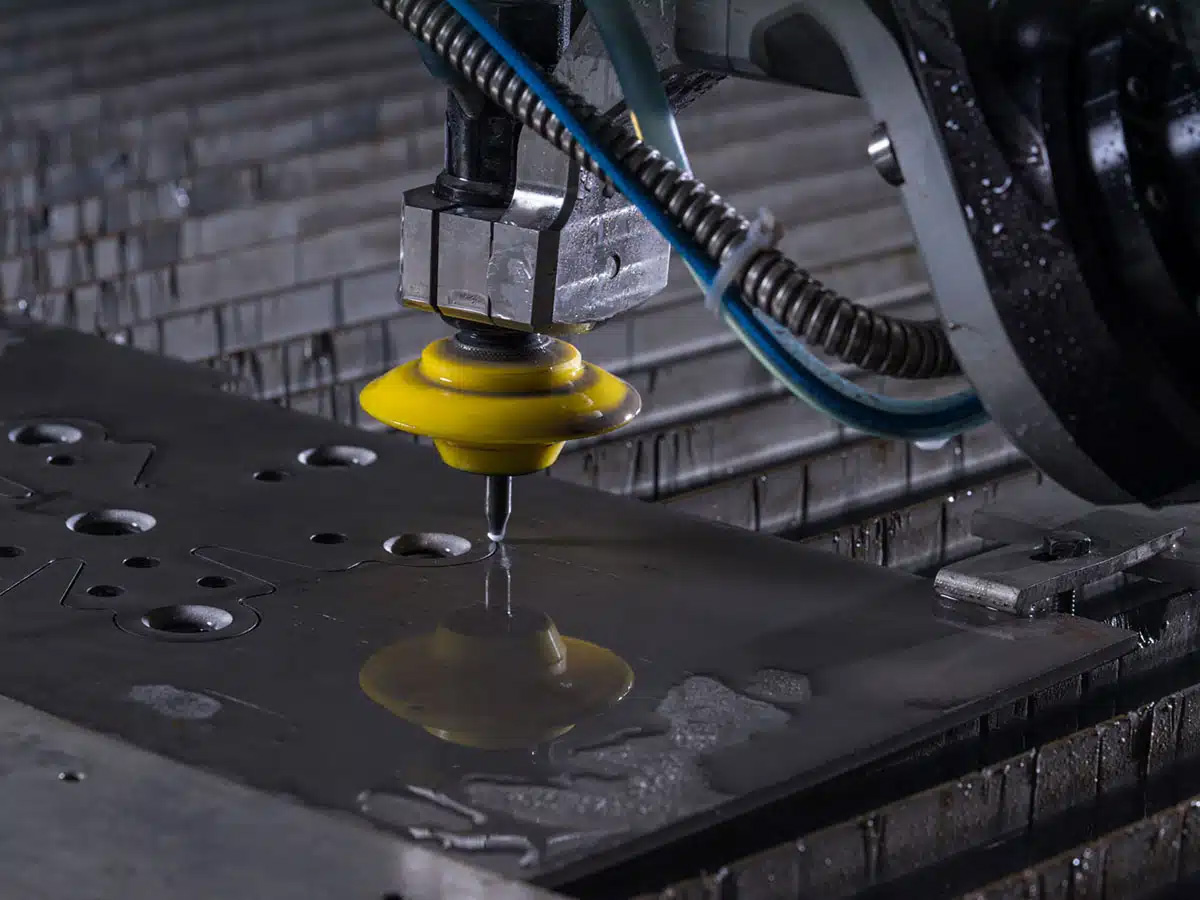
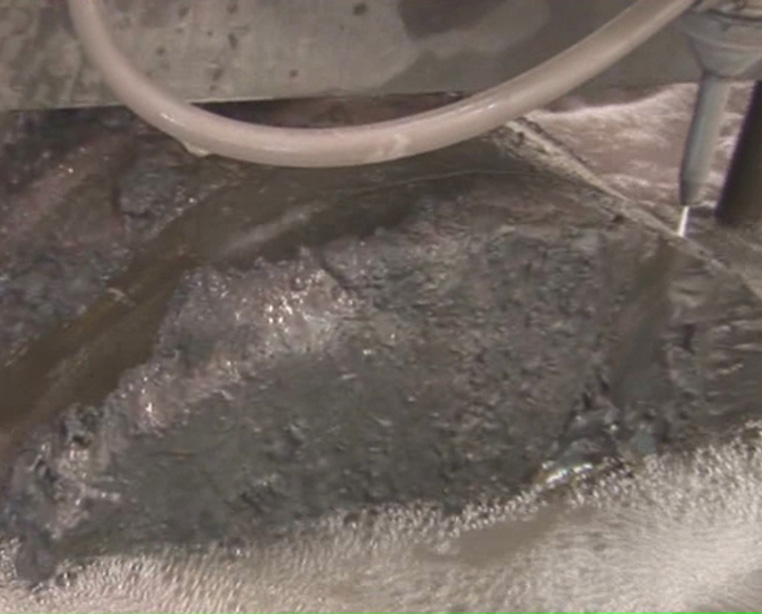
Waterjet technology is the preferred machine tool in the metal industry. Here are some common FAQ's about waterjet machines, powered by KMT Waterjet.
Discover how the metal industry uses cutting-edge five-axis waterjet technology, powered by KMT Waterjet. Explore frequently asked questions (FAQ) as we explain the capabilities, advantages, and integration of why and how five-axis waterjet cutting is the best innovative CNC waterjet machine solution.
Who Uses Five-Axis Waterjet Cutting?
Manufacturers, fabricators, and industries such as aerospace, automotive, architecture, medical, and manufacturing utilize five-axis waterjet cutting for precision machining of complex components and parts.
What is five-axis waterjet cutting, and how does it differ from other metal cutting methods?
Five-axis waterjet cutting is an advanced machining technique that uses a high-pressure waterjet to precisely cut metal from multiple angles simultaneously precisely cut through materials from multiple angles simultaneously, allowing for intricate shapes and contours. Unlike traditional methods such as laser cutting or plasma cutting, waterjet cutting does not generate heat-affected zones, resulting in minimal material distortion and a finer edge finish.
When Should Five-Axis Waterjet Cutting Be Used?
Five-axis waterjet cutting is best suited for applications requiring cutting of complex geometries, curved surfaces, multi-angle cuts, and tapered edges, particularly when high precision and versatility are essential. It’s commonly used in industries such as aerospace, automotive, architecture, and manufacturing.
Where is Five-Axis Waterjet Cutting Used?
(BMW 5-Axis Robot Cutting Carbon Fiber)
Five-axis waterjet cutting is used in various industries worldwide, including aerospace, automotive, architecture, and manufacturing facilities where precise and intricate cutting of materials is required. And the stone industry uses 5-axis waterjet cutting for mitering granite, marble, porcelain and a variety of stone substrates too.
How Does Five-Axis Waterjet Cutting Work?
In five-axis waterjet cutting, the cutting head can move in five directions: X, Y, Z, and two additional rotary axes, allowing for dynamic cutting from various angles to achieve accurate and intricate cuts.
Why Choose Five-Axis Waterjet Cutting?
Five-axis waterjet cutting offers advantages such as increased precision, reduced material waste, minimal heat-affected zones (NO HAZ), and the ability to cut complex shapes, making it a preferred choice for industries requiring high-quality and versatile cutting solutions. It is also important to determine the best waterjet pump ultrahigh-pressure for the five axis system. KMT Waterjet offers the broadest range of waterjet pump and has the largest global OEM network of five-axis CNC equipment manufacturers in the world.
Can Five-Axis Waterjet Cutting Be Automated?
Five-axis waterjet cutting can be automated with CNC programming, enabling precise and repeatable cuts with minimal manual intervention, thereby increasing efficiency and productivity.
Will Five-Axis Waterjet Cutting Provide the Best Results?
For applications requiring precision cutting of complex shapes and materials, five-axis waterjet cutting provides the best results by offering versatility, accuracy, and efficiency in machining operations. The combination of KMT Waterjet and the KMT global OEM network offers the broadest range of five axis waterjet systems in the world servicing over 100 countries.
What materials can be cut with five-axis waterjet cutting?
Five-axis waterjet cutting can be used to cut a wide range of materials, including metals, composites, stone, glass, ceramics, and plastics, among others.
What are the advantages of using five-axis waterjet cutting? 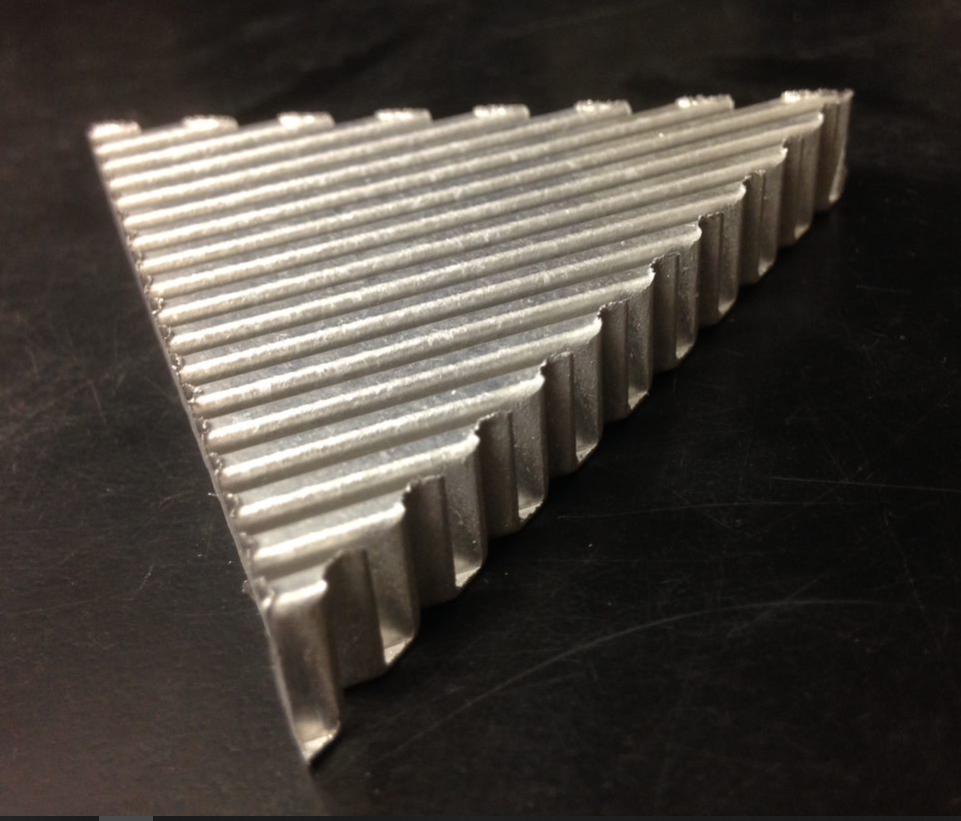
The advantages of five-axis waterjet cutting include increased precision, versatility in cutting complex shapes, reduced material waste, no heat-affected zones (HAZ) compared to laser and plasma, and the ability to perform multi-axis beveling and tapering.
What are the key features of a five-axis waterjet cutting system?
Key features of a five-axis waterjet cutting system include advanced motion control technology, dynamic cutting heads, precision components, user-friendly software interfaces, and compatibility with high-pressure waterjet pumps. KMT Waterjet also offers waterjet pumps ranging from 90,000psi/6.200bar to 55,000psi/3.80bar, the broadest range of waterjet pump offerings in the world.
How does integration with high-pressure waterjet pumps enhance five-axis cutting?
Integration with high-pressure waterjet pumps, such as those from KMT, ensures consistent water pressure and flow rates, optimizing cutting performance and quality in five-axis waterjet systems. KMT also offers the largest network of full-time Field Service Engineers, covering over 100 countries to provide 24/7 phone support in 16 languages as well as the largest network of just in time delivery of aftermarket genuine KMT parts to keep your equipment operating at peak performance.
What is the difference between three-axis and five-axis waterjet cutting?
Three-axis waterjet cutting moves the cutting head in three directions (X, Y, and Z axes), while five-axis waterjet cutting adds two additional rotary axes for greater flexibility in cutting from multiple angles.
Can five-axis waterjet cutting be automated?
Five-axis waterjet cutting can be automated with CNC (computer numerical control) programming, allowing for precise and repeatable cuts with minimal manual intervention.
How do I choose the right five-axis waterjet cutting system for my application?
Choosing the right five-axis waterjet cutting system depends on factors such as material type, thickness, cutting speed requirements, accuracy tolerances, and budget considerations. It’s best to consult with KMT Waterjet who offers the largest network of original equipment manufacturers that manufacture five axis waterjet cutting systems, all powered by KMT Waterjet pumps and components to service your equipment.
What specific materials have been successfully cut using five-axis waterjet technology?
Waterjet cutting with five-axis machines is versatile and can accommodate a wide range of materials. Here are the top 30 materials commonly cut using five-axis waterjet machines at fabrication centers around the world commissioned by many KMT Waterjet Original Equipment Manufacturers using KMT Waterjet pumps and cutting components:
- Metals (e.g., stainless steel, aluminum, titanium, copper, brass)
- Glass
- Stone (e.g., granite, marble, limestone)
- Ceramics

- Plastics (e.g., acrylic, polycarbonate, PVC)
- Composites (e.g., carbon fiber, fiberglass, Kevlar)
- Wood
- Rubber
- Foam (e.g., polyurethane, polystyrene)
- Leather
- Paper
- Foamcore
- Cork
- Rubber
- Foam rubber
- Carbon fiber
- Fiberglass
- Laminates (e.g., Formica)
- Foam board
- Gaskets
- Neoprene
- Nomex
- Polyethylene
- Polypropylene
- Silicon
- Teflon
- Textiles (e.g., fabric, felt, nylon)
- Ceramics
- Quartz
- Acetal (Delrin)
These materials vary widely in hardness, density, and composition, but the precision and versatility of five-axis waterjet cutting machines allow for accurate and efficient cutting across the spectrum.
What specific metals have been successfully cut using five-axis waterjet technology?
Here are the top fifteen metal materials commonly cut using five-axis waterjet technology, along with explanations of how waterjet technology is used with each material:
Stainless Steel: Waterjet cutting is employed to precisely cut stainless steel, a corrosion-resistant alloy used in various industries such as aerospace, automotive, and architecture. Waterjet technology allows for clean cuts without heat-affected zones, preserving the material’s properties.
Aluminum: Waterjet technology is utilized to cut aluminum, a lightweight and versatile metal widely used in manufacturing processes. Waterjet cutting enables accurate and efficient cutting of aluminum sheets, extrusions, and profiles for various applications.
Titanium: Waterjet cutting is applied to cut titanium, a strong and lightweight metal used in aerospace, medical, and marine industries. Waterjet technology allows for precise cutting of titanium components with minimal material waste and distortion.
Copper: Waterjet cutting is used to cut copper, a malleable and conductive metal utilized in electrical and plumbing applications. Waterjet technology provides precise cuts without thermal distortion, preserving the conductivity and integrity of copper components.
Brass: Waterjet technology is employed to cut brass, an alloy of copper and zinc known for its durability and aesthetic appeal. Waterjet cutting allows for intricate cuts and fine details in brass components used in architectural, decorative, and industrial applications. 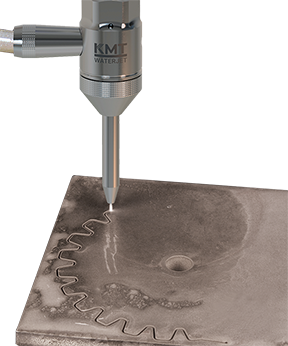
Mild Steel: Waterjet cutting is utilized to cut mild steel, a versatile and commonly used metal in manufacturing and construction. Waterjet technology enables precise cutting of mild steel plates, sheets, and structural components with minimal distortion and burrs.
Tool Steel: Waterjet cutting is applied to cut tool steel, a high-strength metal used for cutting tools, dies, and molds. Waterjet technology allows for precise cutting of intricate shapes and profiles in tool steel with minimal heat-affected zones, reducing the need for secondary machining.
Inconel: Waterjet technology is employed to cut Inconel, a high-temperature alloy used in aerospace, chemical processing, and marine applications. Waterjet cutting enables accurate cutting of Inconel components without inducing thermal stress or material distortion.
Hastelloy: Waterjet cutting is used to cut Hastelloy, a corrosion-resistant alloy used in chemical processing and aerospace industries. Waterjet technology provides precise cutting of Hastelloy components with minimal material waste and heat-affected zones.
Alloy Steel: Waterjet cutting is utilized to cut alloy steel, a metal alloy containing elements such as chromium, nickel, and molybdenum. Waterjet technology allows for precise cutting of alloy steel components for various industrial applications, including automotive, machinery, and energy.
Nickel Alloys: Waterjet cutting is applied to cut nickel alloys, which exhibit high strength, corrosion resistance, and temperature stability. Waterjet technology enables precise cutting of nickel alloy components for aerospace, chemical processing, and power generation applications.
Bronze: Waterjet technology is employed to cut bronze, a copper alloy known for its strength, corrosion resistance, and aesthetic appeal. Waterjet cutting allows for intricate cuts and fine details in bronze components used in art, sculpture, and architectural applications.
Zinc: Waterjet cutting is utilized to cut zinc, a versatile metal used in galvanizing, die casting, and architectural applications. Waterjet technology provides precise cutting of zinc sheets and profiles for various industrial and decorative purposes.
Lead: Waterjet technology is applied to cut lead, a dense and malleable metal used in radiation shielding, batteries, and construction materials. Waterjet cutting allows for precise cutting of lead sheets and blocks with minimal material distortion.
Tungsten: Waterjet cutting is employed to cut tungsten, a dense and hard metal used in aerospace, mining, and military applications. Waterjet technology enables accurate cutting of tungsten components with minimal material waste and heat-affected zones.
In summary, waterjet technology offers precise and efficient cutting solutions for a wide range of metal materials, enabling manufacturers to achieve complex shapes and profiles with minimal material waste and distortion.
What advantages does five-axis waterjet cutting offer over traditional metal cutting methods?
Five-axis waterjet cutting offers several advantages, including greater precision, reduced material waste, the ability to cut intricate shapes, and minimal heat-affected zones, resulting in improved part quality and cost-effectiveness. And in smaller communities, there could be incremental sales being the only five axis waterjet fabricator in your area.
How does five-axis waterjet cutting compare to laser cutting and plasma cutting in terms of precision and efficiency?
Five-axis waterjet cutting typically offers similar precision to laser cutting and plasma cutting but with the added benefit of no heat-affected zones (HAZ) and no risk of material distortion. However, waterjet cutting may be slower than laser or plasma cutting for certain applications, but typically plasma and laser manufacturers DO NOT factor secondary finishing which typically causes delays in transferring the cut material to another machining area for finishing. In many cases, waterjet is faster because of no secondary finishing.
Can five-axis waterjet cutting be used for high-precision metal fabrication applications?
Five-axis waterjet cutting is ideal for high-precision metal fabrication applications, including aerospace components, automotive parts, and medical devices, thanks to its ability to achieve intricate shapes and contours with precision.
What are the key components of a five-axis waterjet cutting system? 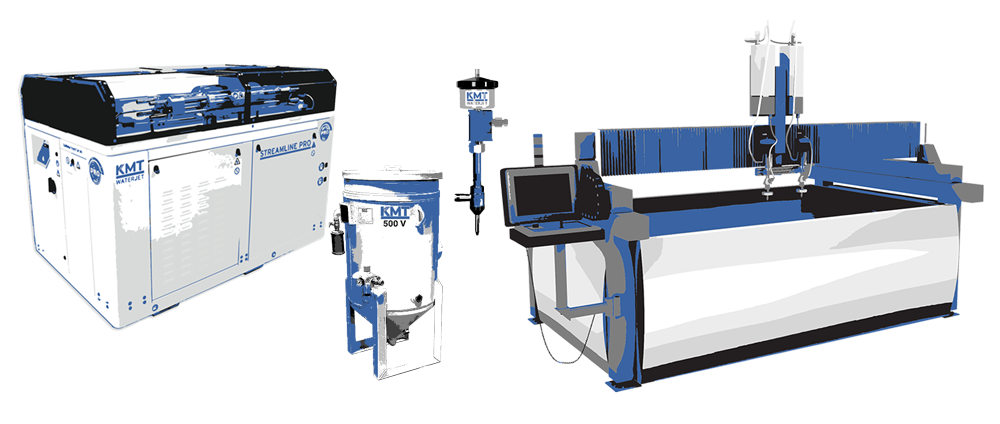
Five-axis waterjet cutting system include a high-pressure water pump, in which KMT Waterjet has the broadest range of waterjet pumps ranging from 90,000psi to 55,000psi, a cutting head assembly, a CNC control system, an abrasive delivery system, and a workpiece holding fixture.
How does the high-pressure waterjet work in a five-axis waterjet cutting system?
The high-pressure waterjet is generated by a UHP water pump , (up to 90,000psi/125hp is the World’s Fastest Waterjet manufactured by KMT Waterjet), and forced through a small orifice in the cutting head assembly, creating a thin, high-velocity stream of water that is used to cut through the metal.
What role does abrasive material play in five-axis waterjet cutting?
Abrasive material, such as garnet or aluminum oxide, is mixed with the high-pressure waterjet to increase cutting efficiency and speed. The abrasive material enhances the cutting power of the waterjet, allowing it to cut through thicker and harder metals.
How does five-axis waterjet cutting technology achieve intricate shapes and contours in metal?
Five-axis waterjet cutting technology allows the cutting head to move in multiple directions simultaneously, enabling it to cut complex shapes and contours with precision.
What safety precautions should be taken when operating a five-axis waterjet cutting system for metal fabrication?
Safety precautions when operating a five-axis waterjet cutting system include wearing appropriate personal protective equipment (PPE), ensuring proper machine guarding, and following established safety protocols and procedures.
How often should maintenance be performed on a five-axis waterjet cutting system?
Maintenance should be performed regularly according to the manufacturer’s recommendations, which typically include daily, weekly, monthly, and annual maintenance tasks to ensure optimal performance and longevity of the system. KMT Waterjet offers the 360 Assured Preventive Maintenance Program, serviced by the largest network of global KMT Field Service Engineers to keep your equipment running at peak performance with predictable minimal downtime.
Can five-axis waterjet cutting be used for thick metal materials? 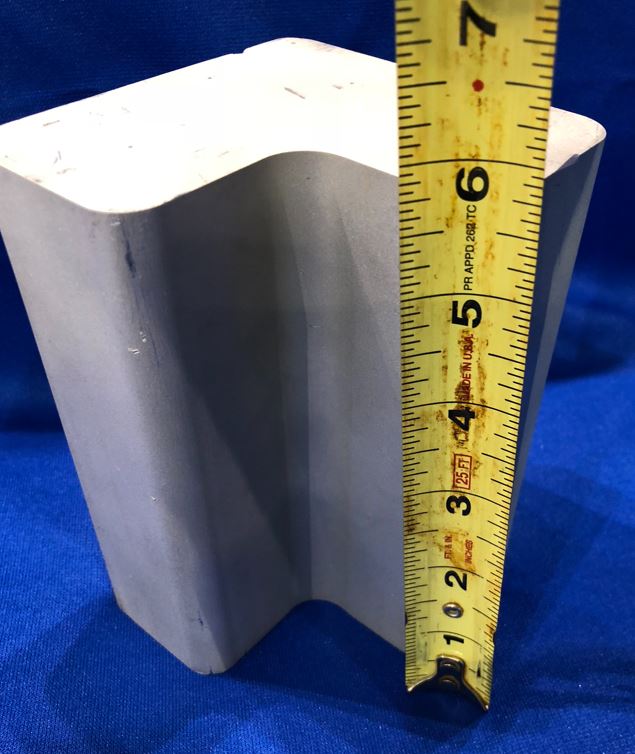
Five-axis waterjet cutting can be used for cutting thick metal materials, although the cutting speed may be slower compared to thinner materials. However, the ability to cut without heat-affected zones makes waterjet cutting ideal for thick metals.
How does five-axis waterjet cut technology handle heat-affected zones in metal?
Five-axis waterjet cutting technology does not generate heat-affected zones during the cutting process, as the cutting is performed with a high-pressure waterjet. This results in minimal thermal distortion and a finer edge finish.
What are the energy requirements for operating a five-axis waterjet cutting system?
The energy requirements for operating a five-axis waterjet cutting system depend on factors such as the size of the KMT Waterjet UHP pump from 90,000psi to 60,000psi, the cutting speed, and the material being cut. Generally, waterjet cutting systems require significant energy to operate due to the high-pressure water delivery.
How does the speed of five-axis waterjet cutting compare to other metal cutting methods?
Five-axis waterjet cutting is typically slower than laser cutting or plasma cutting for thin materials but may be faster for thicker materials or materials that are sensitive to heat.
Can five-axis waterjet cutting systems be automated for increased efficiency?
Five-axis waterjet cutting systems can be automated with the use of CNC control systems and robotic arms, allowing for increased efficiency and productivity in metal fabrication operations.
What are the environmental benefits of using five-axis waterjet cutting technology?
Five-axis waterjet cutting technology offers several environmental benefits, including reduced dust, noise, and air pollution compared to traditional metal cutting methods. Additionally, waterjet cutting systems can be operated with recycled water, further reducing environmental impact.
